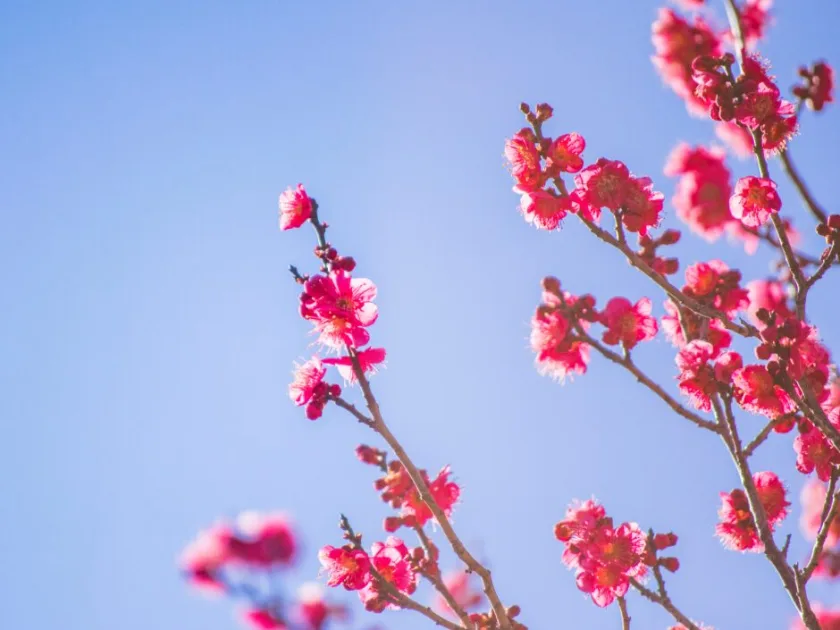Discover the Authentic Artisan Experience in Kagurazaka, Shinjuku
Discover the Authentic Artisan Experience in Kagurazaka, Shinjuku In the heart of Tokyo, nestled near the historic Edo Castle, Kagurazaka offers a unique journey back in time. This vibrant district, established by the Tokugawa shogunate, is not just a testament to Japan’s rich history but also a living museum where you can engage directly with the artisans, monks, and geisha who have preserved their traditions for nearly 400 years. Engage with True Masters Imagine conversing with a real-life samurai or learning the art of Ukiyo-e from masters whose lineage dates back to the 17th century. Kagurazaka, a rare gem in Shinjuku, Tokyo, offers this and more. From the zen practices at Denchu-ji Temple, ongoing since 1628, to the intricate Kumihimo braiding at Domyo since 1652 and the exhilarating Samurai Sword training at Mugairyu since 1693, the area is a treasure trove of living history. A Portal to Japan’s Edo Era Kagurazaka’s streets, a blend of samurai residences, ancient temples, and vibrant entertainment districts, tell the story of a Japan that once was. This area, once a bustling temple town and pleasure quarter, has evolved while retaining its historical charm. At its zenith, Kagurazaka was home to over 700 geisha,




